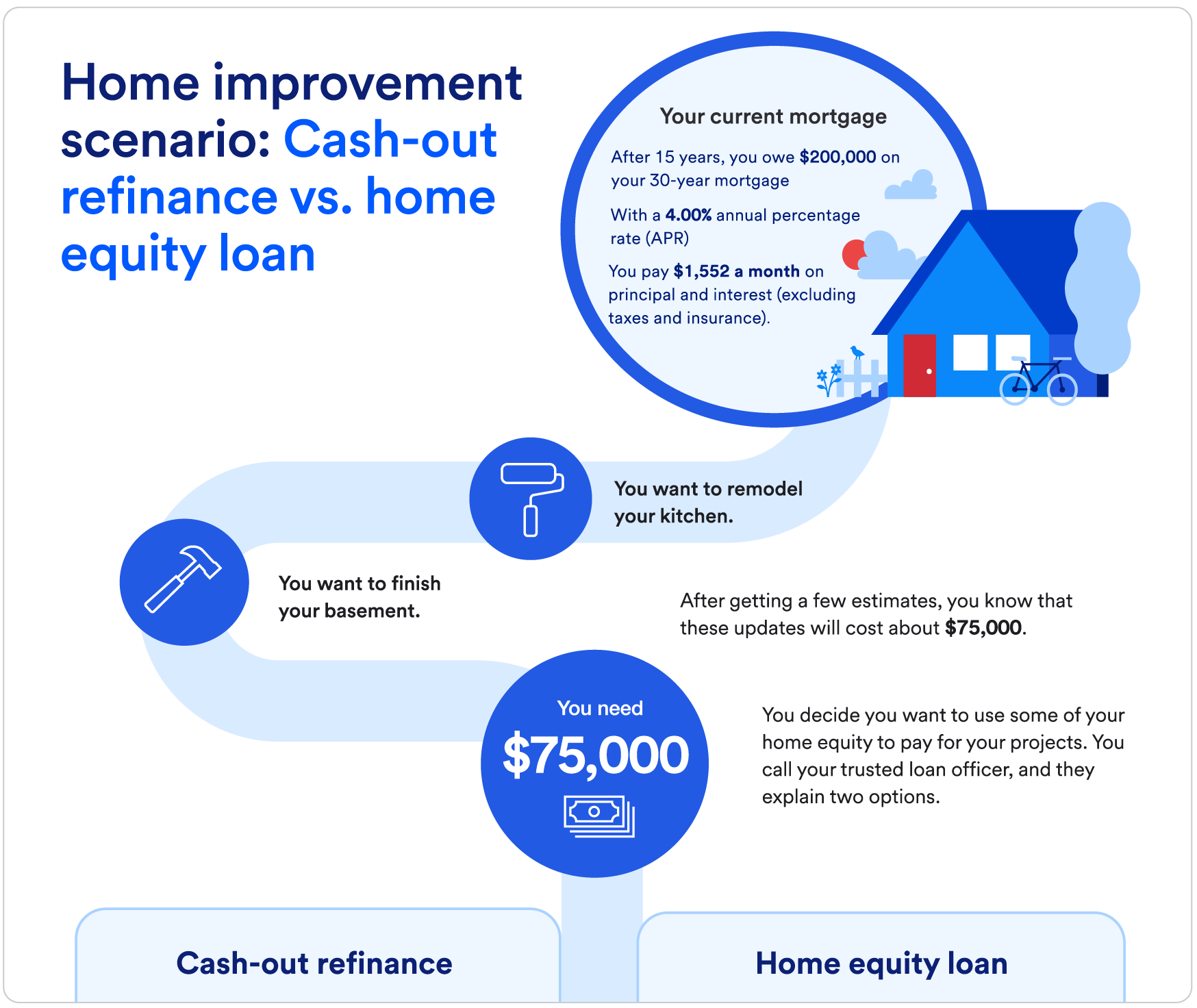Future Consequences of Equity Release Mortgages on Homeownership
Future Consequences of Equity Release Mortgages on Homeownership
Blog Article
Exploring the Different Sorts Of Equity Release Mortgages Available Today
Equity Release home loans present numerous options for property owners aged 55 and over. equity release mortgages. These financial items deal with various needs and choices, allowing individuals to accessibility funds from their residential or commercial property. From life time home mortgages to common recognition mortgages, each type uses distinct benefits. Comprehending these choices is important for making notified decisions. What aspects should one take into consideration when choosing the most ideal equity Release strategy? The information that comply with may clarify this essential subject
Understanding Equity Release Mortgages
Equity Release mortgages provide house owners, normally those aged 55 and over, with a way to access the worth bound in their residential property without needing to sell it. This financial choice enables people to convert a section of their home equity right into cash, which can be utilized for various purposes, such as home renovations, repaying debts, or financing retirement.Equity Release can take various types, but it essentially involves borrowing versus the value of the home while maintaining possession. Home owners can choose to obtain a lump amount or a series of smaller repayments, relying on their monetary demands and preferences.Additionally, the quantity readily available for Release is affected by the building's worth, the home owner's age, and certain lender criteria. Generally, recognizing equity Release home mortgages is crucial for homeowners to make educated decisions about tapping into their home's equity while thinking about the lasting ramifications.
Lifetime Mortgages
Life time home loans represent among the most popular types of equity Release. This economic item allows house owners, commonly aged 55 or older, to obtain against the value of their home while retaining ownership. The funding, which is safeguarded versus the home, accrues rate of interest with time yet does not require regular monthly repayments. Rather, the funding and built up interest are paid off when the property owner passes away or relocates right into lasting care.Lifetime home loans provide versatility, as consumers can choose to get a round figure or select a drawdown facility, accessing funds as required. Importantly, lots of strategies come with a no-negative-equity warranty, making certain that debtors will certainly never owe even more than the worth of their home. This attribute provides satisfaction, allowing people to enjoy their retired life without the worry of diminishing their estate. Generally, lifetime home mortgages work as a viable choice for those seeking monetary support in later life.
Home Reversion Program

Drawdown Lifetime Mortgages
While lots of homeowners seek ways to access their riches, drawdown lifetime home mortgages present an adaptable option that permits individuals to Release funds progressively. This type of equity Release home mortgage makes it possible for homeowners to obtain against the value of their home while maintaining possession. Unlike typical life time mortgages, drawdown strategies permit borrowers to access a part of their equity upfront and withdraw added funds as required, as much as a predetermined limit.This feature can be specifically beneficial for those who desire to handle their funds very carefully, as it lessens rate of interest accumulation by only charging passion on the quantities attracted. In addition, drawdown lifetime home mortgages commonly come with a "no unfavorable equity guarantee," making certain that consumers will certainly never ever owe greater than their home's worth. This option fits retirees that want financial security and flexibility, allowing them to satisfy unforeseen expenses or maintain their lifestyle without needing to market their residential or commercial property.
Boosted Life Time Mortgages
Improved Life time Home loans provide distinct advantages for eligible house owners looking for to Release equity from their residential properties. Recognizing the qualification criteria is essential, as it determines who can profit from these specialized finances. Nevertheless, it is likewise vital to evaluate the potential drawbacks related to boosted choices, guaranteeing an all-around point of view on their use.
Qualification Criteria Clarified
Comprehending the eligibility criteria for Boosted Life time Mortgages is crucial for prospective applicants seeking to access the equity in their homes. Commonly, applicants must be aged 55 or older, as this age requirement is basic in the equity Release market. Homeowners should have a building valued at a minimal threshold, which can vary by lender. Notably, the residential or commercial property must be their primary house and in excellent condition. Lenders frequently analyze the home owner's health and wellness standing, as particular wellness conditions may boost eligibility and benefits. Furthermore, candidates must not have existing considerable financial obligations secured against the property. Fulfilling these requirements enables people to explore Boosted Life time Home loans as a viable alternative for accessing funds bound in their homes.
Advantages of Improved Mortgages
After making clear the qualification requirements, it ends up being evident that Enhanced Life time Home loans offer a number of significant benefits for homeowners wanting to take advantage of their property equity. Largely, they provide access to a larger loan amount compared to conventional lifetime mortgages, benefiting those with wellness problems or age-related variables that increase their life span threat. This enhanced borrowing capacity permits property owners to meet numerous financial needs, such as home renovations or retired life costs. In addition, these home loans usually include versatile repayment options, making it possible for consumers to manage their financial resources better. The no-negative-equity assurance additionally ensures that property owners will certainly never owe more than their residential property's worth, providing comfort. On The Whole, Boosted Lifetime Mortgages offer a compelling option for eligible property owners seeking financial remedies.
Potential Disadvantages Considered
While Improved Life time Home mortgages supply numerous benefits, prospective downsides require mindful consideration. One significant concern is the influence on inheritance; the equity launched lowers the worth of the estate entrusted to recipients. In addition, these home loans can accumulate substantial interest gradually, leading to a significant financial debt that may exceed the original financing amount. There might additionally be restrictions on property adjustments or rental, restricting homeowners' adaptability. Furthermore, boosted items typically require certain health and wellness conditions, meaning not all home owners will certify. Managing the costs and fees linked with these mortgages can be complicated, potentially leading to unforeseen costs. As a result, individuals should extensively analyze their scenario and consult monetary experts prior to proceeding.
Shared Admiration Mortgages
Shared Recognition Home mortgages stand for an one-of-a-kind economic arrangement that enables property owners to access equity while sharing future residential property value raises with the loan provider. This method supplies prospective benefits such as minimized monthly settlements, however it additionally includes downsides that need to be meticulously thought about. Understanding the qualification needs is necessary for those interested in this choice.
Concept Introduction
Equity Release mortgages, specifically in the form of shared admiration mortgages, use homeowners a special economic solution that enables them to accessibility funds by leveraging the value of their residential property. In this arrangement, a loan provider gives a funding to the homeowner, which is usually settled through a share of the home's future recognition in worth. This means that when the property owner offers the property or passes away, the loan provider gets a percent of the increased value, instead of just the preliminary financing amount. Shared appreciation mortgages can be appealing for those seeking to supplement their earnings or financing considerable expenditures while preserving possession of their home. The monetary ramifications of shared recognition have to be meticulously taken into consideration by possible debtors.
Drawbacks and advantages
Although common recognition home loans can offer considerable economic benefits, they likewise come with notable downsides that prospective customers should take into consideration. These home loans allow home owners to gain access to equity in their properties while sharing a part of any future admiration with the loan provider. This setup can be useful during times of increasing residential or commercial property worths, providing significant funds without regular monthly settlements. Nevertheless, the major drawback is the possible loss of equity; homeowners might wind up with substantially lowered inheritance for beneficiaries. Additionally, the complexity of the terms can bring about misunderstandings relating to settlement responsibilities and the percentage of recognition owed. It is crucial for borrowers to evaluate these aspects meticulously before committing to a shared gratitude home loan.

Eligibility Demands
What criteria must house owners fulfill to receive a shared admiration mortgage? Mainly, prospects must be at least 55 years of ages, assuring they are within the target demographic for equity Release products. Furthermore, the property should be their main house and typically valued above a specified minimum threshold, commonly around ? 100,000. Lenders additionally assess the property owner's monetary circumstances, consisting of earnings and arrearages, to ascertain they can take care of the home loan responsibly. Significantly, the building must be in good condition and totally free from considerable legal encumbrances. Property owners must likewise have a clear understanding of the terms, including exactly how gratitude will be shared with the lender upon sale or transfer of the residential or commercial property, as this impacts overall returns.
Choosing the Right Equity Release Alternative

Frequently Asked Inquiries
What Age Do I Need to Be for Equity Release?
The age requirement for equity Release generally begins at 55 for many strategies. Some service providers might offer choices for those aged 60 and above, mirroring varying terms based on private circumstances and loan provider plans.
Will Equity Release Affect My Inheritance?
Equity Release can influence inheritance, as the amount borrowed plus passion reduces the estate's value. Successors might receive less than prepared for, depending on the building's appreciation and the overall financial obligation at the time of passing.
Can I Relocate House With Equity Release?
The concern of relocating residence with equity Release emerges frequently. Typically, people can move their equity Release strategy to a new home, however details terms may apply, requiring assessment with the loan provider for support.
Exist Costs Linked With Equity Release Mortgages?
Costs connected with equity Release mortgages can include setup charges, assessment charges, and lawful prices. Furthermore, there might be very early settlement costs, which can affect the total price and economic effects for the consumer.
Exactly How Does Equity Release Impact My Tax Obligation Scenario?
Equity Release can affect one's tax obligation scenario by potentially increasing taxable revenue, as released funds are considered resources. It usually does not incur immediate tax obligation liabilities, making it necessary to seek advice from a financial expert for customized guidance.
Verdict
In summary, the range of equity Release home loans available today uses property owners aged 55 and over numerous pathways to access their property's worth - equity release mortgages. Whether choosing a lifetime home mortgage, home reversion plan, or various other alternatives, each choice offers distinct advantages customized to private economic needs. Cautious factor to consider and assessment with an economic advisor are vital to assure the chosen equity Release remedy aligns with individual objectives and financial situations, inevitably promoting informed decision-making for a protected monetary future. Equity Release home mortgages existing various options for property owners aged 55 and over. Equity Release home loans supply home owners, typically those aged 55 and over, with a means to access the value tied up in their residential or commercial property without needing to offer it. Boosted Lifetime Mortgages use unique benefits for qualified home owners looking for to Release equity from their homes. Equity Release mortgages, especially in the type of shared gratitude home loans, use home owners a special economic remedy that permits them to accessibility funds by leveraging the value of their property. In recap, the range of equity Release mortgages readily available today supplies home owners aged 55 and over numerous pathways to access their residential or commercial click here now property's worth
Report this page